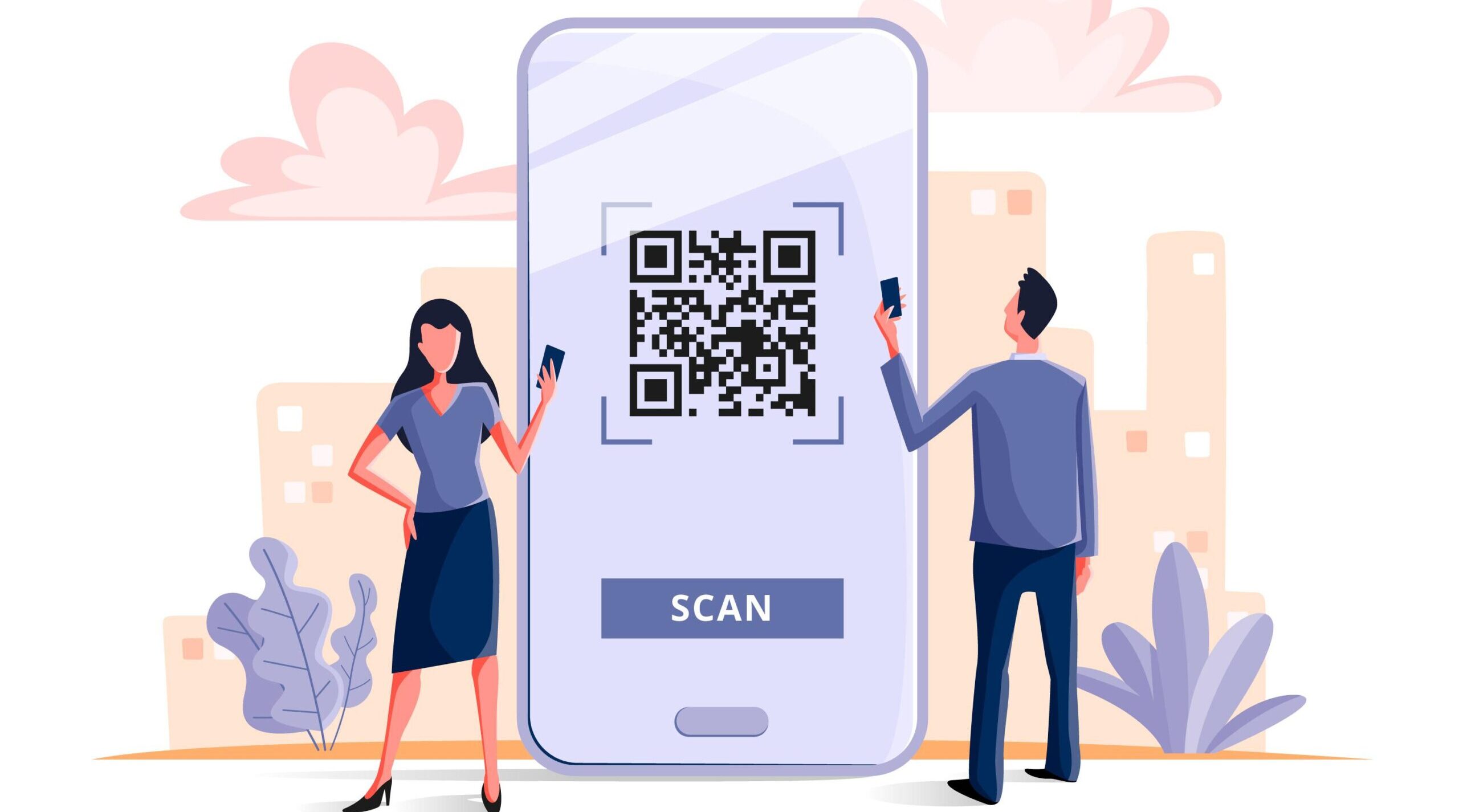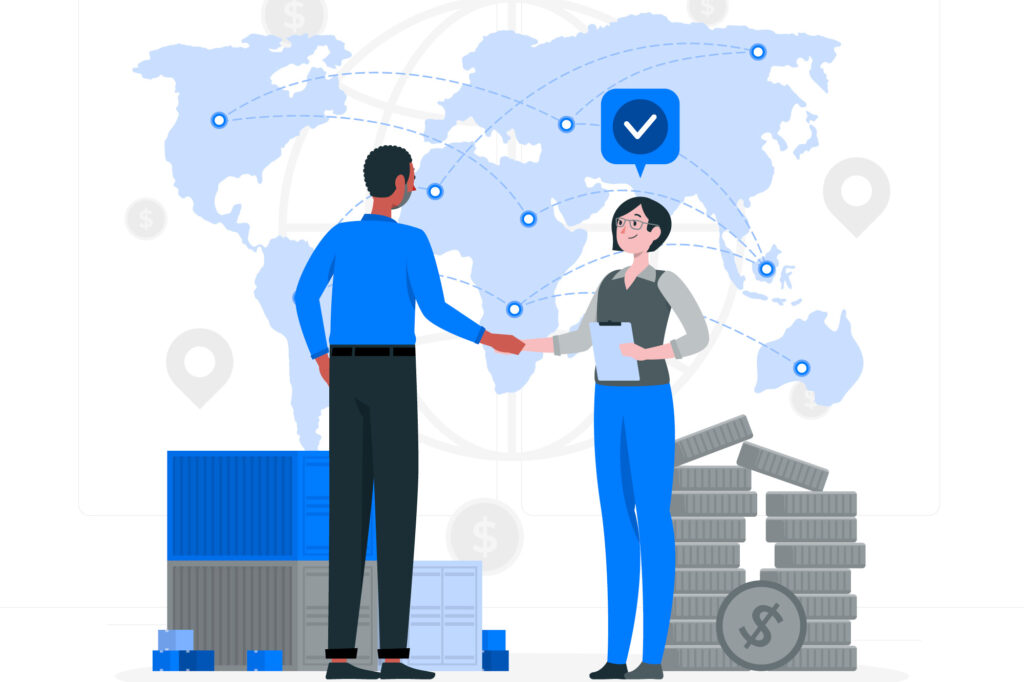Loyalty programs have the power to generate staggering revenues for distribution-led businesses. The only requirement for loyalty programs to be successful is that they should be aligned with the goals and interests of channel partners. Digital loyalty programs will always have an edge over generic schemes because they can be aligned with the best interests of channel partners.
If your business is running loyalty programs for channel partners, get ready to outperform with digital loyalty programs.
Why Generic Loyalty Programs Can Never Be Successful?
A generic loyalty program is a reward-based system organized by a company that lacks the scope of customization for individual channel partners. Rewards or rebates offered are typically the same for all the participants regardless of their performance, preferences, geographical location, or SKUs.
Here are the 5 reasons why generic loyalty programs will always lack behind in driving engagement and participation of channel partners-
- Fixed Reward Catalog – There is often a fixed catalog of rewards from which channel partners can choose. Rewards are usually standardized and apply to all program members, equally.
- Simple Structure – For decades, loyalty programs have been as simple as they can be. The structure of the program is usually straightforward with clear rules on how partners can earn and redeem rewards. There is little variability in the program design.
- Mass Communication – Communication with channel partners regarding the scheme is often done through mass marketing channels like printed materials or visual ads. Enterprises have to assume that all the channel partners have duly read about the program along with its terms and conditions.
- Lacks Personalization – Generic loyalty programs typically lack deep personalization. Rewards and offers are not tailored to individual preferences or behavior.
- Limited Data Utilization – Generic loyalty programs collect generic data like contact information and purchase history which is not sufficient for enterprises to make strategic decisions.
Distribution-led businesses have been running loyalty programs for decades. With time, their way of doing business changed, and products changed, but their loyalty programs remained the same – generic and mundane.
Digital Loyalty Schemes vs. Generic Schemes: Understanding The Difference
Be it a generic scheme or a traditional loyalty scheme, both are designed to incentivize channel partners. However, a digital version of loyalty schemes will have an edge over generic schemes. How? Let’s figure it out –
- Channel Partner Engagement – Generic loyalty schemes are typically paper-based (coupon-based) programs. Channel partners receive coupons that take time to get converted into rewards. On the other hand, digital loyalty schemes are app-based programs where channel partners earn virtual points they can redeem at their convenience, in one click.
- Data Collection Capabilities – Collecting and analyzing data with generic loyalty schemes is challenging. By the time, data is collected and sent to the decision-makers, it becomes obsolete to take prompt actions. Additionally, the absence of real-time data makes it difficult for brands to gain a competitive advantage. Digital loyalty programs can collect and analyze vast amounts of data more efficiently, in real time. Furthermore, brands can customize the type of reports they are looking for to assess the performance of the loyalty programs which would be highly tedious when done manually.
- Mode of Communication – There is a very limited scope to communicate with channel partners through generic loyalty programs. Because they are paper-based, companies usually communicate via distributors or field agents. If brands want to communicate or collaborate with their channel partners, they have to conduct seminars from to time. On the other hand, with digital loyalty programs, brands can easily collaborate with their channel partners at their convenience. Companies can send personalized offers, notifications, and updates through emails, push notifications, SMS, or in-app messaging.
- Redemption & Tracking – Tracking points or coupons is a tedious task for the channel partners as well as for the brands. Additionally, channel partners have a very limited choice when it comes to redeeming points. Digital loyalty programs powered by O4S offer diverse reward options ranging from cash to non-cash rewards like – shopping coupons, gift cards, gold coins, insurance, sponsored trips, and much more. Channel partners can track their points and rewards digitally, and redeem the points as per programs’ terms and conditions.
- Cost of Resources – Companies that run generic loyalty programs spend a lot of time printing physical cards and materials for their channel partners. Apart from printing costs, companies need to enter the data manually to form data sets. With digital loyalty programs, there is a cost attached to it during the time of initial set-ups. However, as soon as the program is up and running, companies usually experience a cut in the operative and administrative costs attached to their loyalty programs.
- Scope of Personalization – Traditional loyalty programs have a very limited scope of personalization in terms of tailoring rewards and offers to individual channel partners. On the other hand, digital loyalty programs can be personalized to a great extent. O4S’s solution enables distribution-led businesses to create highly personalized loyalty schemes based on individual channel partner performance.
- Analytics & Reporting – Reporting and analytics are typically manual with generic loyalty programs. On the other hand, digital loyalty programs offer real-time data and an interactive dashboard with which businesses get to manage diverse schemes on a centralized platform.
Digitalize Channel Partner Schemes With O4S
For distribution-led businesses, channel partners play a critical role in generating sales, revenue, and market share. In today’s world, if businesses run a generic loyalty program, they are most likely to lose their channel partners to their competitors.
O4S offers a platform that enables brands to create highly personalized loyalty schemes for their channel partners that unlock real-time data, diverse rewarding options, and a comprehensive dashboard that lets them manage everything under one roof.
Take a digital leap with O4S.



